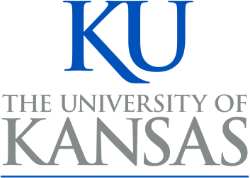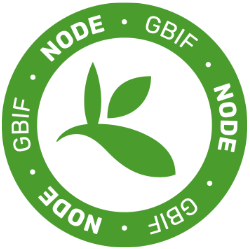News Articles
Published: 08-14-2018
From Vince Smith (NHM), Deborah Paul (iDigBio), Matt Woodburn (NHM), Sharon Grant (FM), Randy Singer (iDigBio), Kevin Love (iDigBio)
Introduction.
Picture a time in the future when we can look online at anytime to see how many collections are digitized, georeferenced, and published and how many have yet to digitize – planet-wide. Perhaps you want to know what is unique about your...
Published: 08-03-2018
Workshop Group Photo
A workshop entitled “Drawers, Jars and Databases: Teaching the Hidden Science of Natural History Museums” was held July 9-11, 2018 in Raleigh, North Carolina. This workshop was a collaborative effort involving the National Science Foundation, North Carolina Museum of Natural Sciences (NCMNS), Prairie Ridge Ecostation, Integrated Digitized Biocollections (...
Published: 07-25-2018
Contributed by: Timothy J. Baroni & Andrew N. Miller
State University of New York, Cortland, NY and University of Illinois, Champaign, IL
Chlorophyllum molybdites (Image courtesy of Roy Halling)
Dr. Tim Baroni, a professor of mycology at SUNY Cortland, received an email request to identify a possible poisonous mushroom from the Upstate New York Poison Center in Syracuse, New York...
Published: 07-18-2018
Rattails and Grenadiers (Family Macrouridae)
Images courtesy of NOAA Okeanos Explorer
Contributed by Randy Singer
When scientists explore the sea floor with remote operated vehicles (ROVs), seeing deep-sea fishes is always an uncommon treat. The most commonly observed deep-sea fishes are grenadiers or rattail fishes, which are in the family Macrouridae. These fishes get their name...
Published: 06-29-2018
Digital Coyote; an online archive of skulls
Contributed by: Osrica Mclean and Declan McCabe
How can you provide an authentic opportunity for undergraduate students to study geographical variation without hauling them to major metropolitan museums and arranging access to valuable specimens? This question started a slightly obsessive odyssey that began with a single coyote skull and now...
Published: 06-08-2018
The Microfungi Collection Consortium represents an integrated collaborative partnership in the National Science Foundation supported Thematic Collections Network to increase the accessibility of digitized collection information for educational and scientific use. Educational outreach programs provide an important link to foster communication and interaction between scientists and society....
Published: 06-08-2018
The “natural history” of an organism refers to what that organism does – how it develops, behaves, and interacts with other organisms. Natural history information is fundamental to multiple fields of study in biology, but the natural history of many organisms remains poorly known. This is especially true for insects, the most diverse animals on our planet. ...
Published: 05-07-2018
by C. Skema, Anne Barber, and Tim Block
Shortly after the Mid-Atlantic Megalopolis (MAM) Thematic Collections Network received its funding from the National Science Foundation in September 2016, the main manufacturer of herbarium light boxes went out of business. By buying up the last of the light box stock available in the marketplace, most of our collaborators managed to procure a box, but...
Published: 04-23-2018
Building off of the success of several eastern United States workshops aimed at broadening diversity in the biological sciences (North Carolina Museum of Natural Sciences, Field Museum, University of Central Florida), the first in a western-US workshop series was held at the Natural History Museum of Los Angeles County (NHMLA) on April 6 and 7, 2018. Over 100 undergraduate students...
Published: 04-12-2018
iDigBio participated in the 5th annual US Science and Engineering Festival in Washington D.C., April 6-8, Friday- Sunday. Friday, April 6th, "Sneak Peek Friday" was open to schools, homeschoolers, and military families, and then Saturday and Sunday was open to the public. The entire event was free to all attendees. There were over 3,000 STEM based activities organized into 18...




